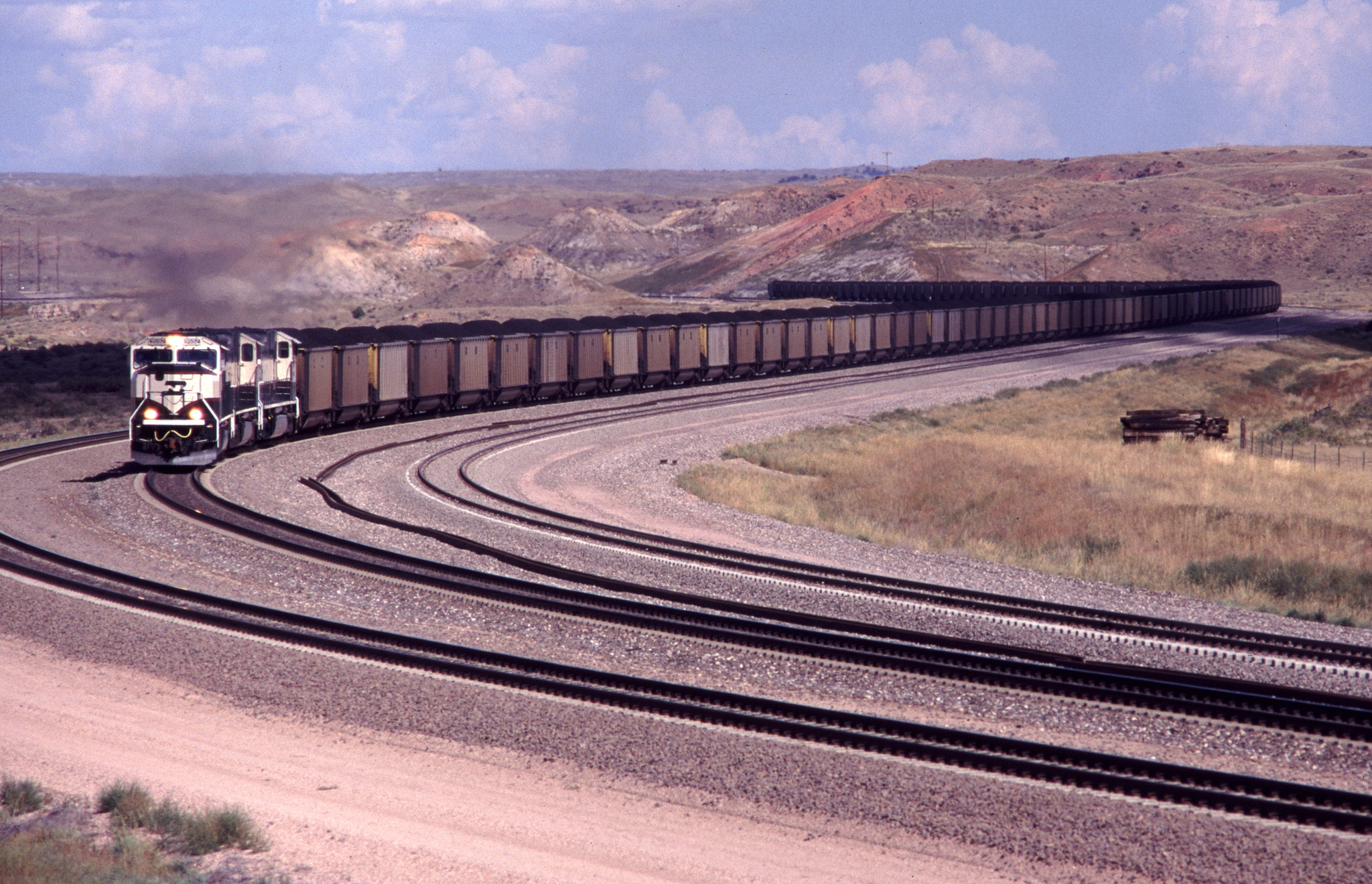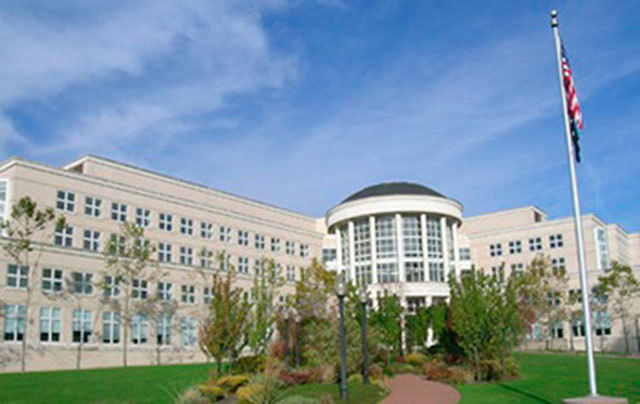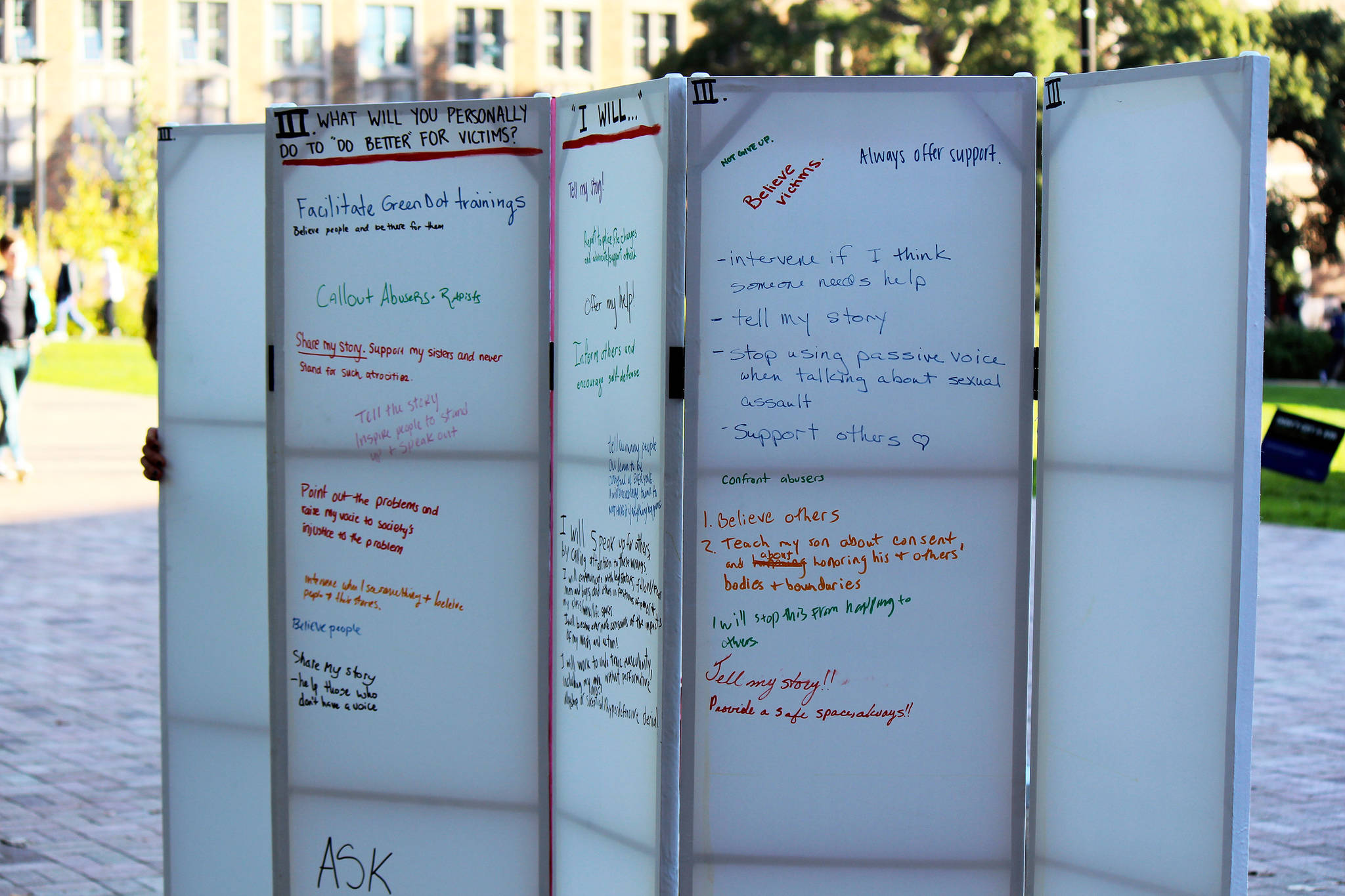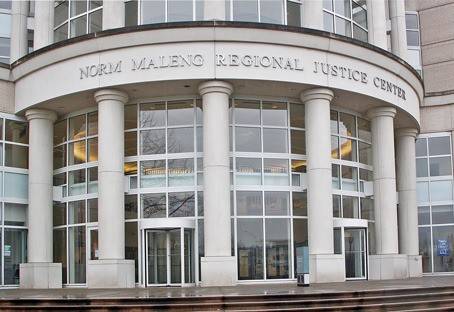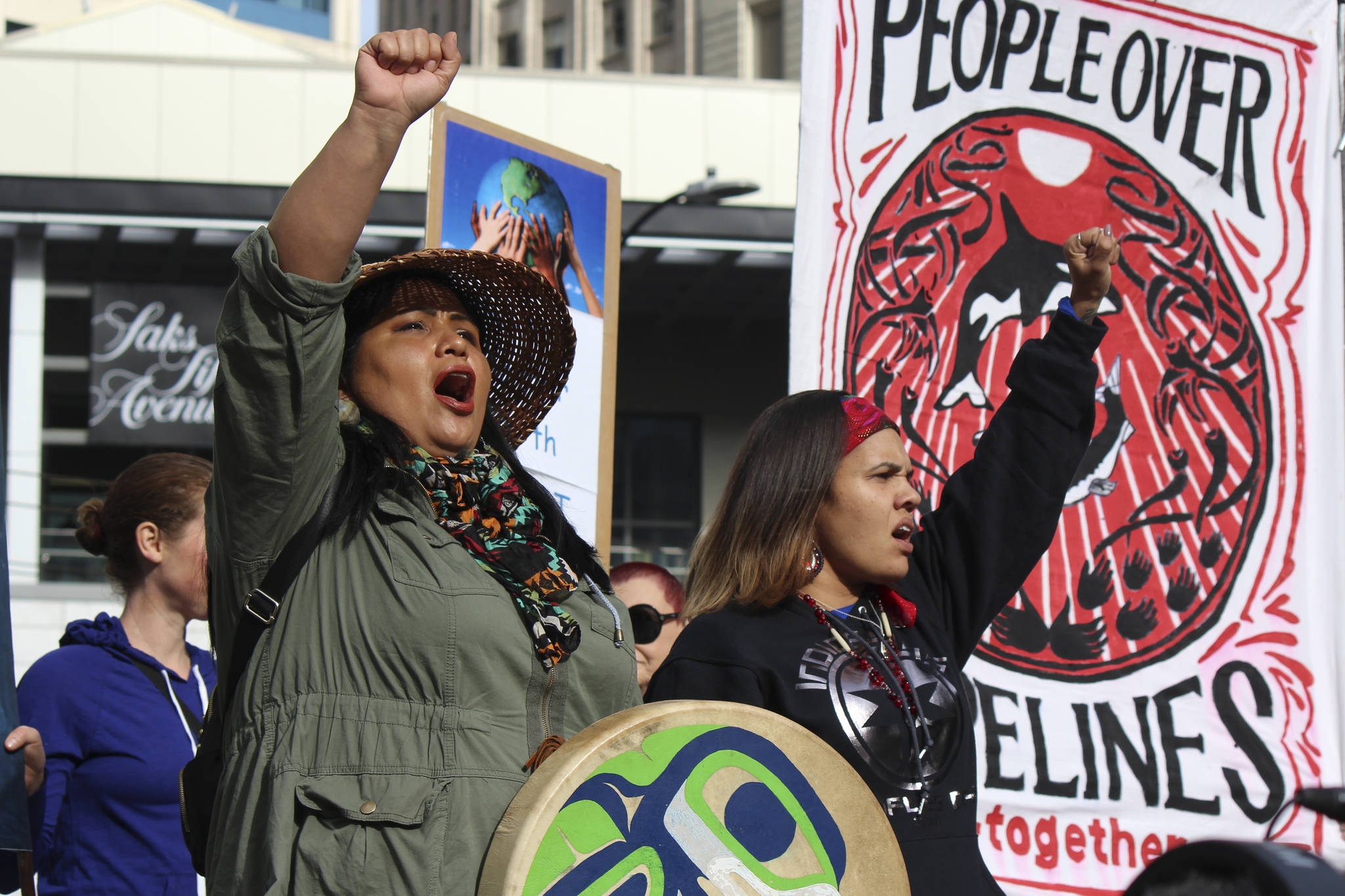A few years ago, things looked very different in Washington and Oregon. There were six coal-export facility proposals dotted along the Pacific coast and the Columbia River, from Coos Bay to Hoquiam to Bellingham, backed by some of the biggest players in the North American coal industry. Coal executives and their lenders had bold plans to keep culling profits from the black gold being dug out of the flatlands of southern Montana and Wyoming’s Powder Basin. The word in industry boardrooms was that, no matter what the long-term U.S. market for coal-burning looked like (not great, thanks to EPA regulations and cheap natural gas), there’d still be demand for it in Asia. Coal prices were peaking there; hence the interest in the Pacific Northwest’s many ports. At least six different proposals – with at least as many companies and even more investors – had their fingers in six different pies. Prospects looked good.
Then, one by one, they all fell away. Financial troubles. Native treaty rights. Permitting snafus. Today, the last man standing is Millennium Bulk Terminals in Longview, still mired in the state’s pricey and painstaking legal processes – and a hell of a lot of local opposition. There were more than 217,000 comments on the scoping process for the project’s Environmental Impact Statement (EIS), completed back in 2013, and many commenters demanded that global climate change be considered in the environmental review.
So it was, and those prospects don’t look so good. “The review’s findings confirm what the public has said,” declares Jan Hasselman, attorney for the Power Past Coal Coalition, an alliance of more than 100 groups across the Northwest, in a statement. “This project has significant, unavoidable impacts – from greenhouse gas emissions to traffic delays.”
On Tuesday, the first of three public hearings on the project’s Draft EIS will be held in Longview. June 13th is the deadline for comments online. After that, there’ll be no more public comment. The final EIS is due by 2017 and then all the regulatory agencies will make their final decisions as to whether or not this thing actually happens.
How did we get here – from six to one in a few brief years? The short answer: Financial disaster, followed by a hefty uppercut from climate activists. “It’s kind of a one-two punch,” says Clark Williams-Derry, director of energy finance for the Sightline Institute.
From Earthjustice lawsuits to thousands of protesters to relentless opposition from Native tribes, the Pacific Northwest has certainly tried to make it very, very difficult for companies to get through what is already a difficult process. And fishing rights have a lot to do with it: The proposal at the Port of Morrow in Oregon was rejected because of its potential impact on Native fishing waters. The proposed Gateway Pacific Terminal, in Bellingham, was also recently denied its federal permit due to an 1855 treaty that upholds fishing rights for the Lummi.
But what really happened there, reasons Williams-Derry, who’s been following the ins and outs (mostly outs) of the coal industry for many years, is that “the permitting process cut off the head of a zombie. The U.S. coal industry,” he says, “is in a shambles, a complete shambles.”
Yep, shit has been hitting the fan for coal, big time, for a long time – both in the United States and abroad. Thanks to competition from cheaper natural gas, and in some cases renewables, and because coal production went up when prices were high, coal company after coal company has gone suddenly bankrupt. Arch Coal filed for bankruptcy in January. Peabody, the largest coal miner in the country, did the same in April. Australian-based Ambre Energy, a former backer of the Millennium project in Longview, got out of North American coal in 2014, because it, too, became insolvent. Cloud Peak Energy, a minority partner in the Millennium proposal, is paying millions of dollars not to ship coal through a British Columbia port, since any coal exported would have to be sold at a loss in foreign markets. Coal prices have plummeted 62 percent in the last five years, and U.S. coal production has dropped by more than half since 2008. Some 50 coal companies have declared bankruptcy since 2012.
Even China, long thought to be the world’s biggest burner – and thus importer – of coal, has been switching more and more to other forms of energy, and cut its coal imports by a third in 2015, throwing a wrench into the coal industry’s plans to sell U.S.-produced coal there. A BNSF executive dropped a famous bomb last summer, calling the tracks the rail company had built to move coal from Wyoming “stranded assets,” because what is the point, after all, of moving coal from the ground to the railroad to the port if it can’t be sold abroad? Three out of the six coal-export proposals once floated in Washington and Oregon simply “dropped out when it didn’t make financial sense anymore,” says Williams-Derry.
Simply put, King Coal is dead.
But Millennium Bulk Terminals is going forward – hard. “Support Rural Jobs in Washington,” reads the website set up to promote the project. “Stand up for Longview.” Some Longview residents support the project because it promises to be the biggest economic driver the lumber town has seen in decades; many laud the terminal for its ability to create high-paying jobs and a bunch of tax revenue for Cowlitz County. The editorial board at The Daily News, in Longview, points out that “Millennium won’t mine the coal, won’t buy or own coal, won’t burn coal,” and that “even people who are against coal should support this project. The clean coal mined in the Powder River Basin is better for the environment than coal currently being burned from different parts of the world. … Let’s face it, coal is going to burned in the world for decades to come, why not have it be from the most environmentally friendly source?”
Meanwhile, environmental groups across the region are drawing their final battle lines. Financial arguments aside, activists say, the Draft EIS finds the health-related fears of coal dust to be legit, at least if you live near the export terminal or the 16 additional coal trains that would be passing through the state per day. The terminal would export up to 44 million tons of coal each year, and the associated combustion would increase global carbon emissions by 37.6 metric tons annually, the equivalent of adding nearly 8 million cars to the road.
That, of course, is why some Seattleites care about this, and why there’s a bus leaving from the Sierra Club’s Seattle office to head to Longview on Tuesday morning. But given the grim financial prospects, no matter the environmental impacts, it seems awfully doubtful that the project will get off the ground – or provide the jobs it promises – if its main export is coal.
The only real holdout, says Williams-Derry, is Wyoming. In 2014, Wyoming legislature passed a bill that would expand the ability of the Wyoming Infrastructure Authority to support coal exports to foreign markets. In other words: a loan guarantee for a Washington-state project, backed by Wyoming taxpayers.
“That is [Millennium’s] path forward right now,” he says. “It’s not to go raising nearly a billion dollars on the capital markets. The capital markets will show them the door.”
